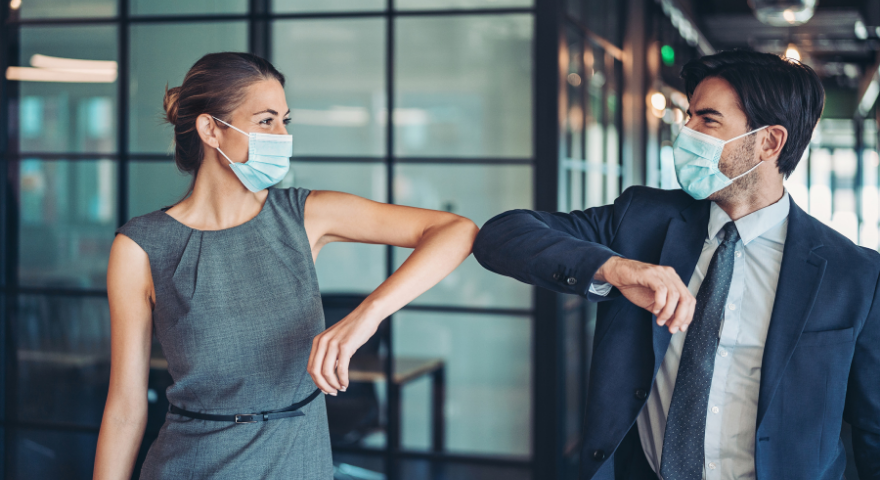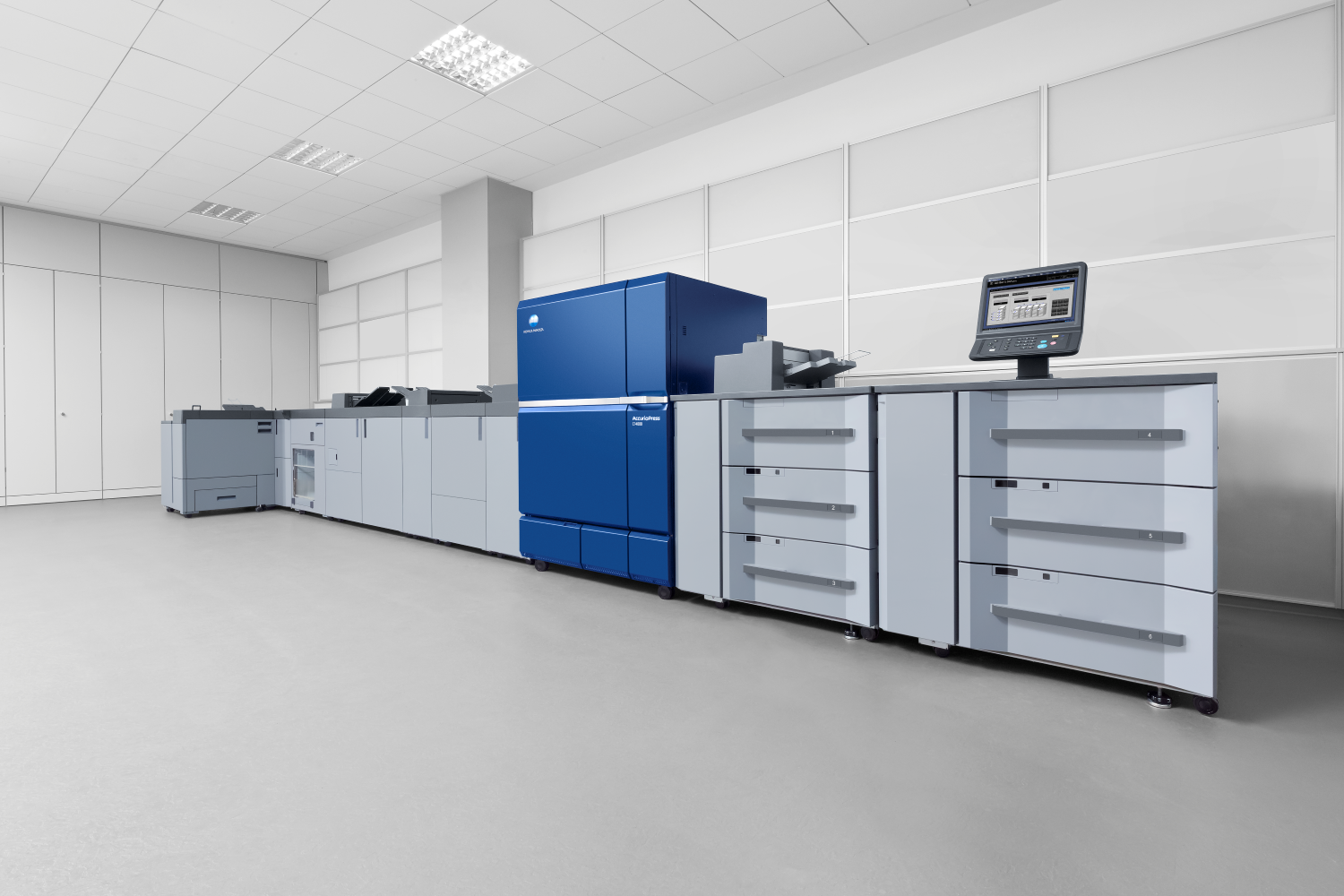For weeks our homes have doubled as our offices, day-care centres and cafeterias. By now, cleaning and sanitising these private spaces is second nature. It’s a practice we should hold tight to as the world slowly reopens and attempts to resume business as usual.
Nervous about heading back to the office? You’re not alone. Shared spaces are the perfect breeding ground for the virus to spread. But they don’t have to be.
As companies call their employees back to the office, it’s going to take everyone staying collectively vigilant to keep us all safe. These good hygiene practices are your first line of defence when returning to work.
Regularly wipe down common areas and instruments
Just like when cleaning at home, any high-touch surfaces like buttons, knobs, handles, or railings, need to be disinfected daily. These include those in the cubicle, but don’t stop there.
Next, make a list of common gathering spaces like break areas, elevators, meeting rooms, workstations, mailrooms, lobby or waiting areas, and bathrooms. These should get a top to bottom scrub at the end of each workday. (More often if you have the resources.)
Be sure to pay special attention to shared machines like printers and copiers. These workplace essentials are likely to have a constant stream of hands operating them all day long. You might even consider putting a box of disposable gloves nearby to reduce the spread of germs.
For a more in depth look, see this list of WHO requirements to double check that you’ve sanitized sufficiently.
Provide sanitary items + PPE
Employers have the opportunity to help put everyone’s minds at ease by distributing sanitary items and personal protective equipment (PPE) upon return to the office.
At minimum, procure wipes, hand sanitiser with at least 60% alcohol and disinfectant sprays your employees can use regularly. It’s fine to invest in economy-sized containers but be sure they’re evenly distributed throughout the office rather than keeping them in one centralised location. The more high traffic an area is, the more closely these items should be monitored and restocked. To protect employees who take public transit to work, you may also choose to set up a hand sanitising or hand washing station before they enter the building.
As your budget allows, it’s also a good idea to consider giving your employees access to PPE including gloves, face shields, face masks and the like. Depending on the nature of the job and its environment, goggles and other forms of respiratory protection may be recommended.
Remember that whatever sanitary or PPE items are provided should also be cleaned on a regular basis. Have a system in place where employees can alert the appropriate appointee when items are low, damaged or otherwise in need of replacement.
Consider installing desk dividers
If your employees work in an open concept office or have desks and cubicles that are in close contact with one another, desk dividers are highly recommended. Clear plexiglass shields, like the ones seen at the cash register of some grocery stores, facilitate conversation while diminishing the spread of germs.
Some cubicles are more modular and can be outfitted with partitions or privacy panels to keep employees safe. Panels often come with optional window features to encourage contact without putting anyone at risk.
If you are keeping meeting spaces and workstations open to your employees, you might consider investing in some clear tabletop dividers. They can easily separate shared desks or tables into two or four sections for a semi-contained space that won’t inhibit collaboration.
Be practical about common areas
Social distancing is the new normal for the foreseeable future. Encourage this practice in your common areas to reduce cross-contamination.
You may have to limit the number of seating in your meeting rooms or workstations to ensure a six-foot distance can be maintained at all times. Or, you could ask that there be no more than a few personnel in the break room and that everyone use a disinfectant wipe on any surfaces they touch while inside.
You may also choose to convert meeting rooms and workstations into temporary offices so essential workers or at-risk employees can stay cordoned off from crowds. However, you choose to reconfigure your office set-up, ensure common areas have plenty of sanitation items stocked and that they’re regularly disinfected.
Practically speaking, a temporary closure of non-essential common areas like fitness centres, break rooms and waiting areas may be appropriate for a time. When in doubt, keep people out.
Encourage hand washing
The more often employees are washing their hands during the day, the safer everyone will be. Motion sensored sinks, soap dispensers and paper towel machines or dryers are preferred. Post signs that encourage employees to follow the WHO recommended handwashing guidelines, and review these best practices upon return to work, including washing hands with soap and warm water for at least 20 seconds.
Keep in mind that limiting handwashing to restrooms alone is a mistake. If possible, set up hand sanitation stations throughout the office, taking care to concentrate hand sanitiser near commonly touched surfaces like printers and outside the entrance of the building.
Anywhere a person is going to spend a third of their lives needs to be clean, especially in these uncertain times. But staying safe and sanitised is going to take everyone’s collective participation. Adhering to a few hygiene practices is the least we can do to help ensure we all get home to our families germ-free.





